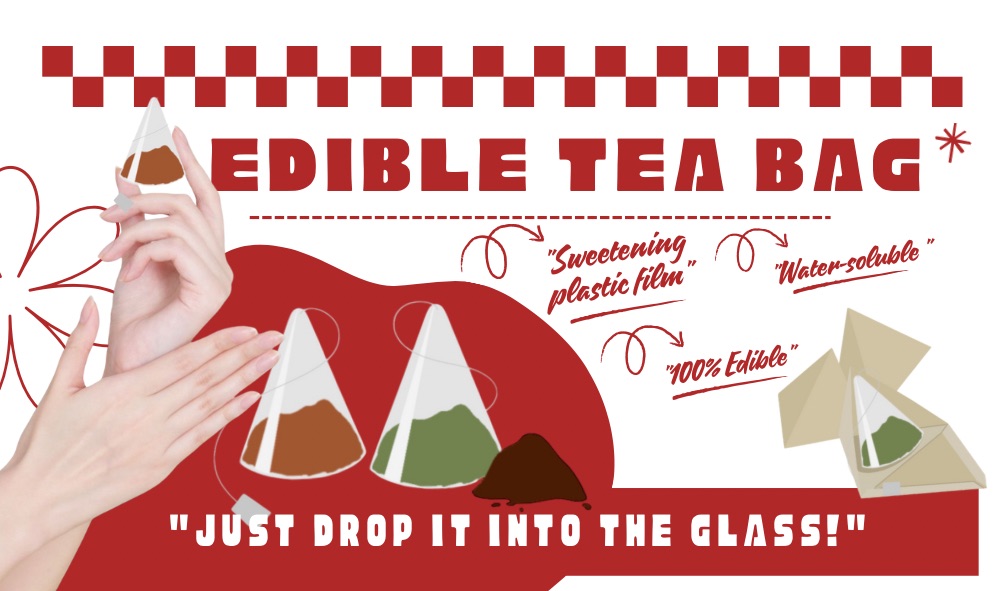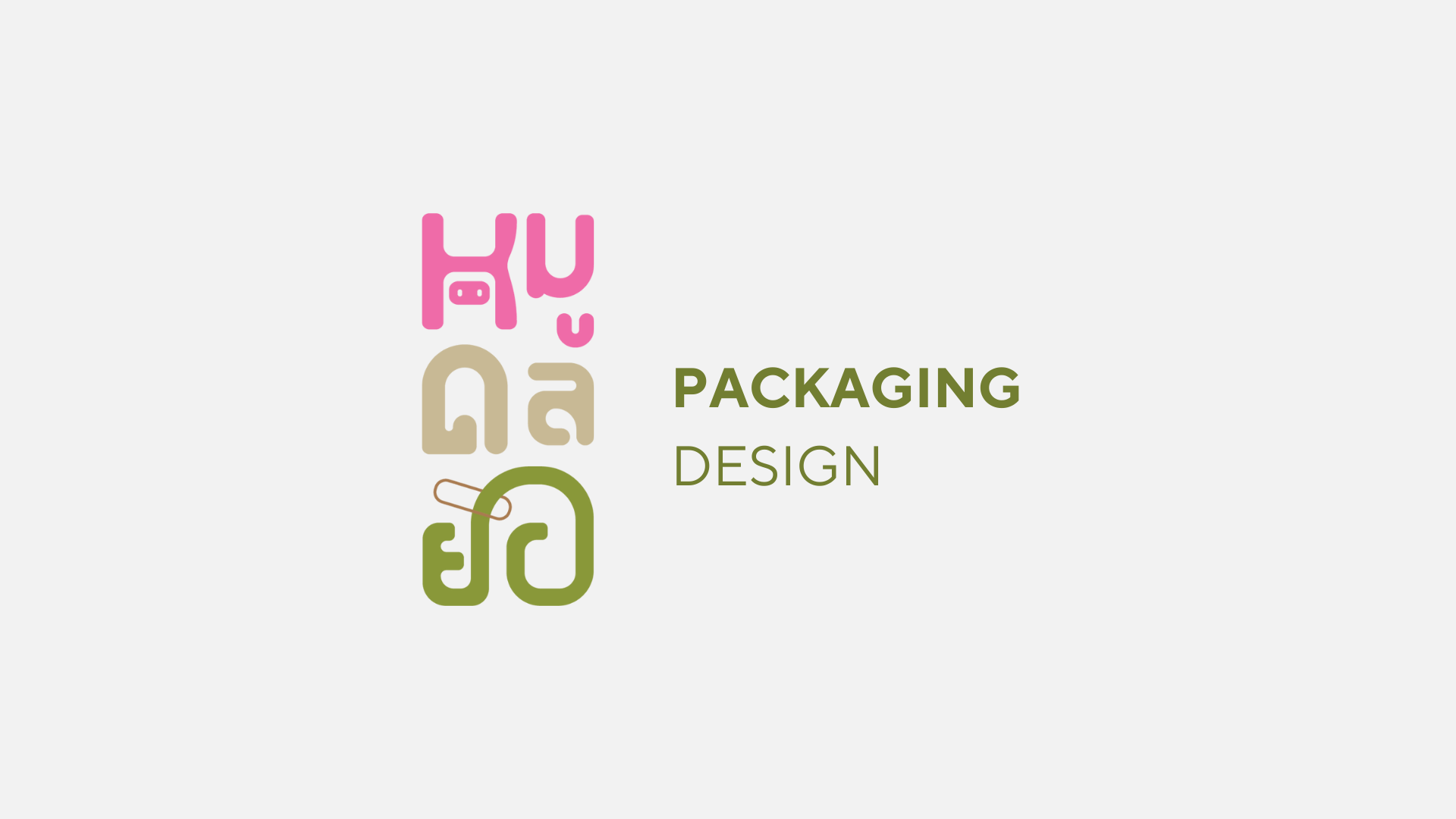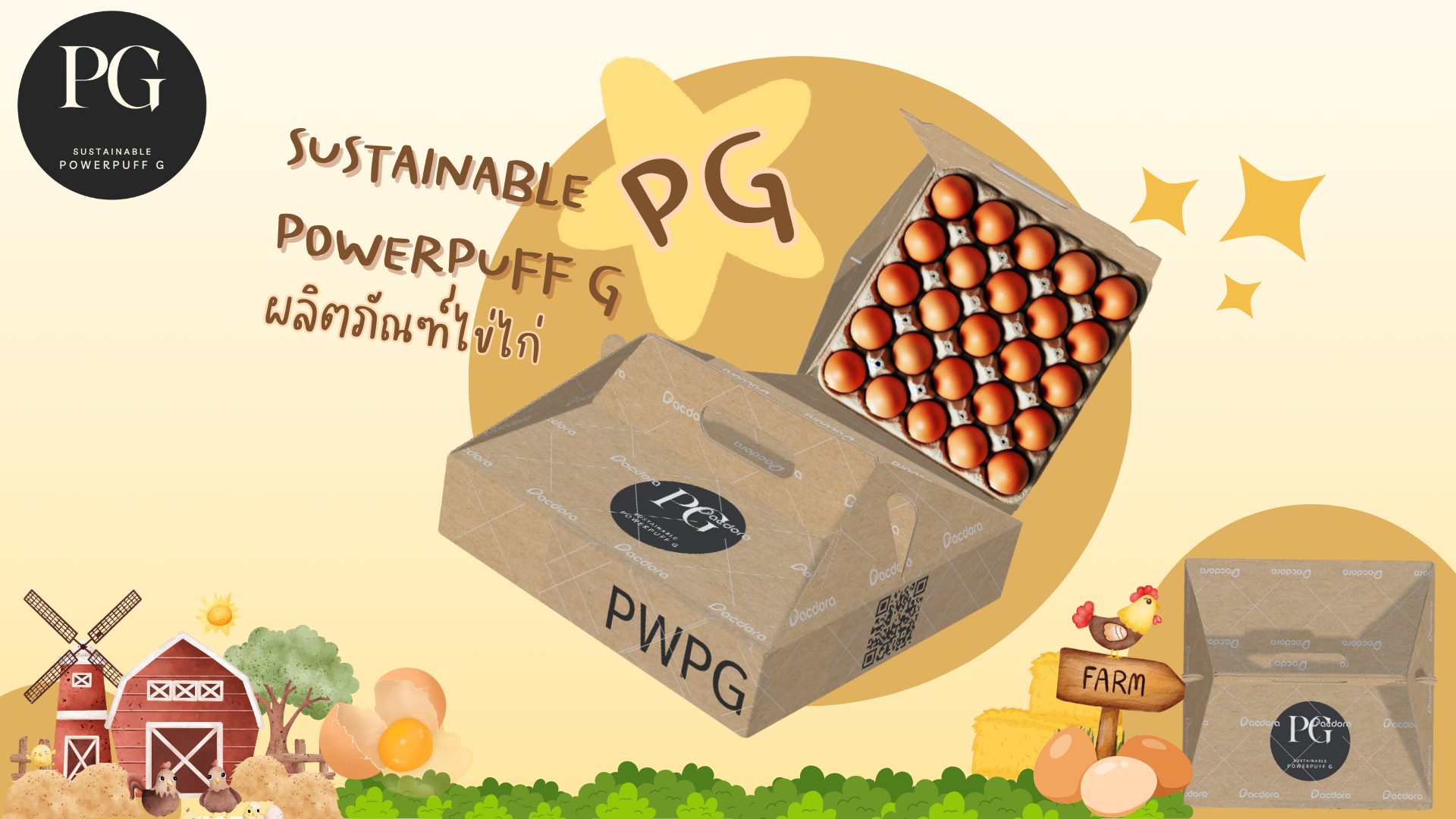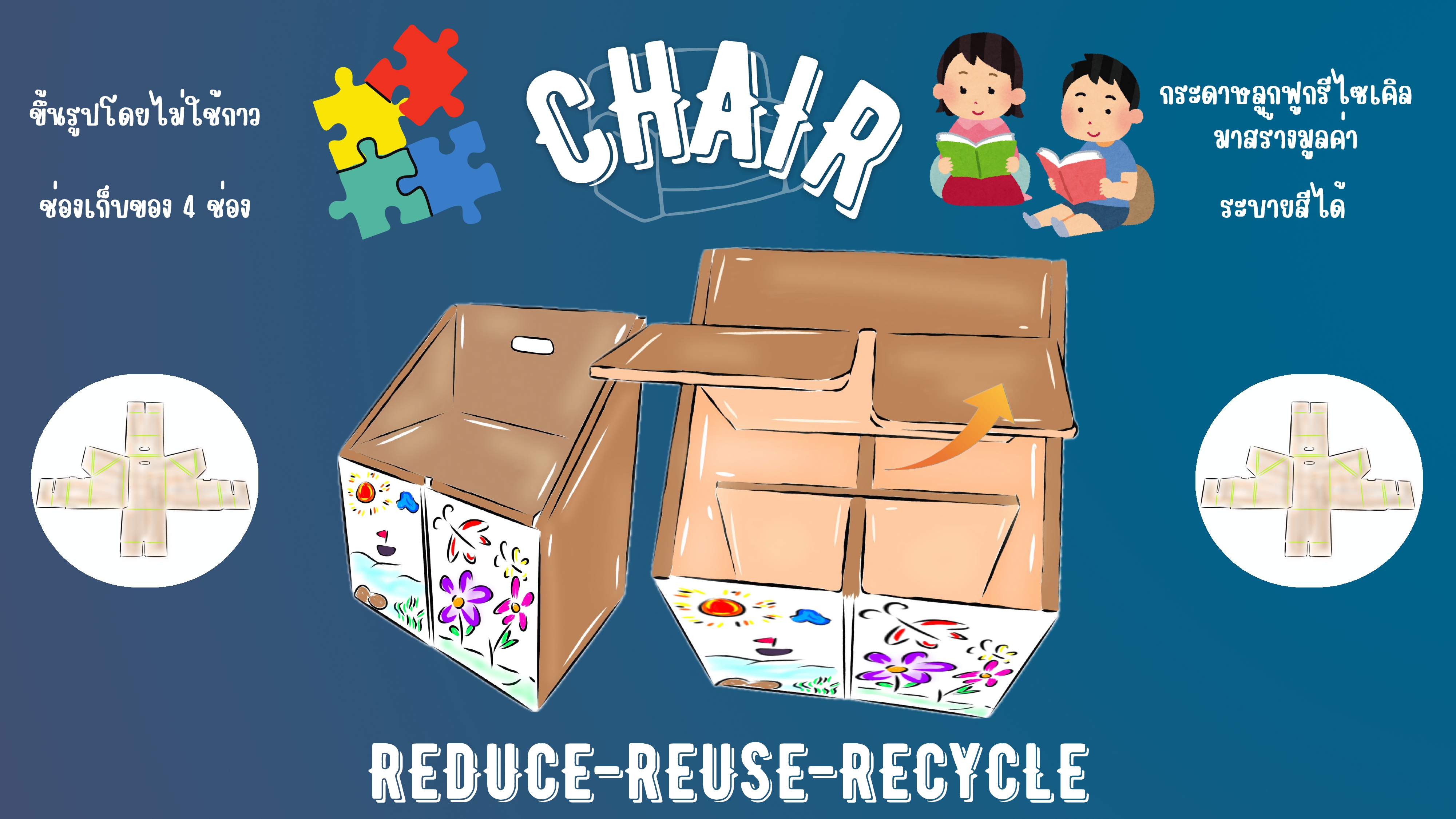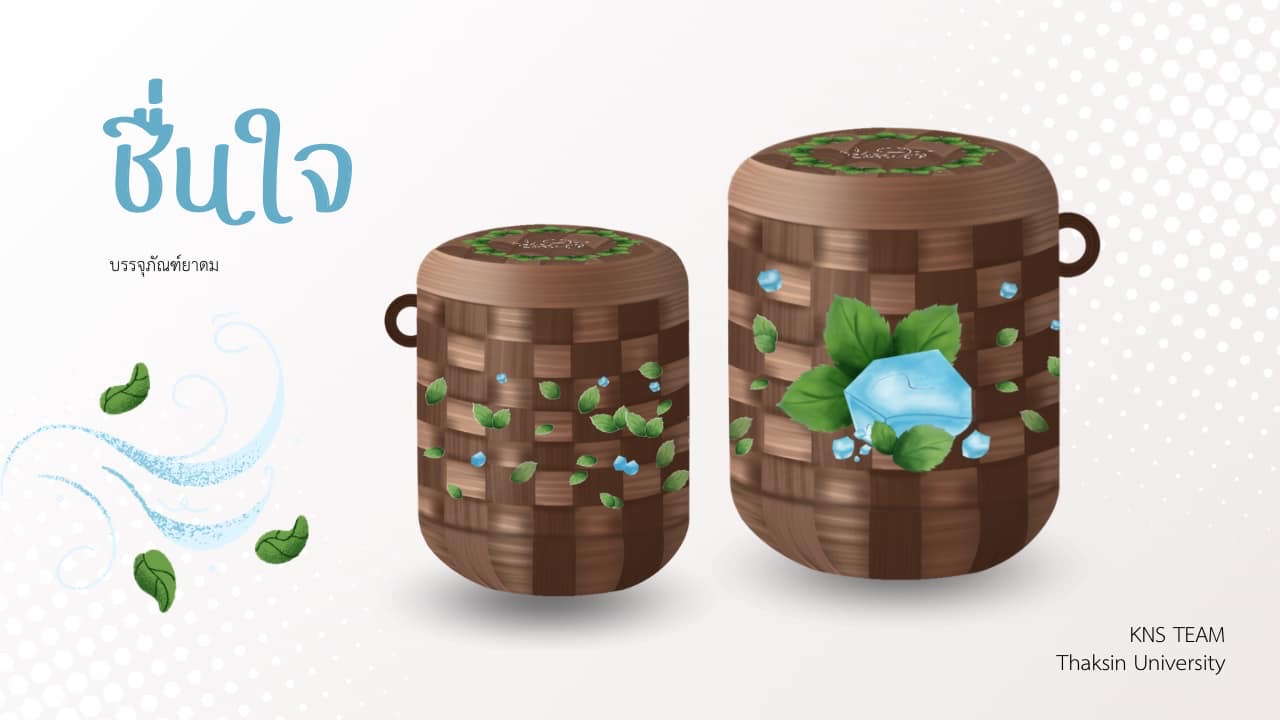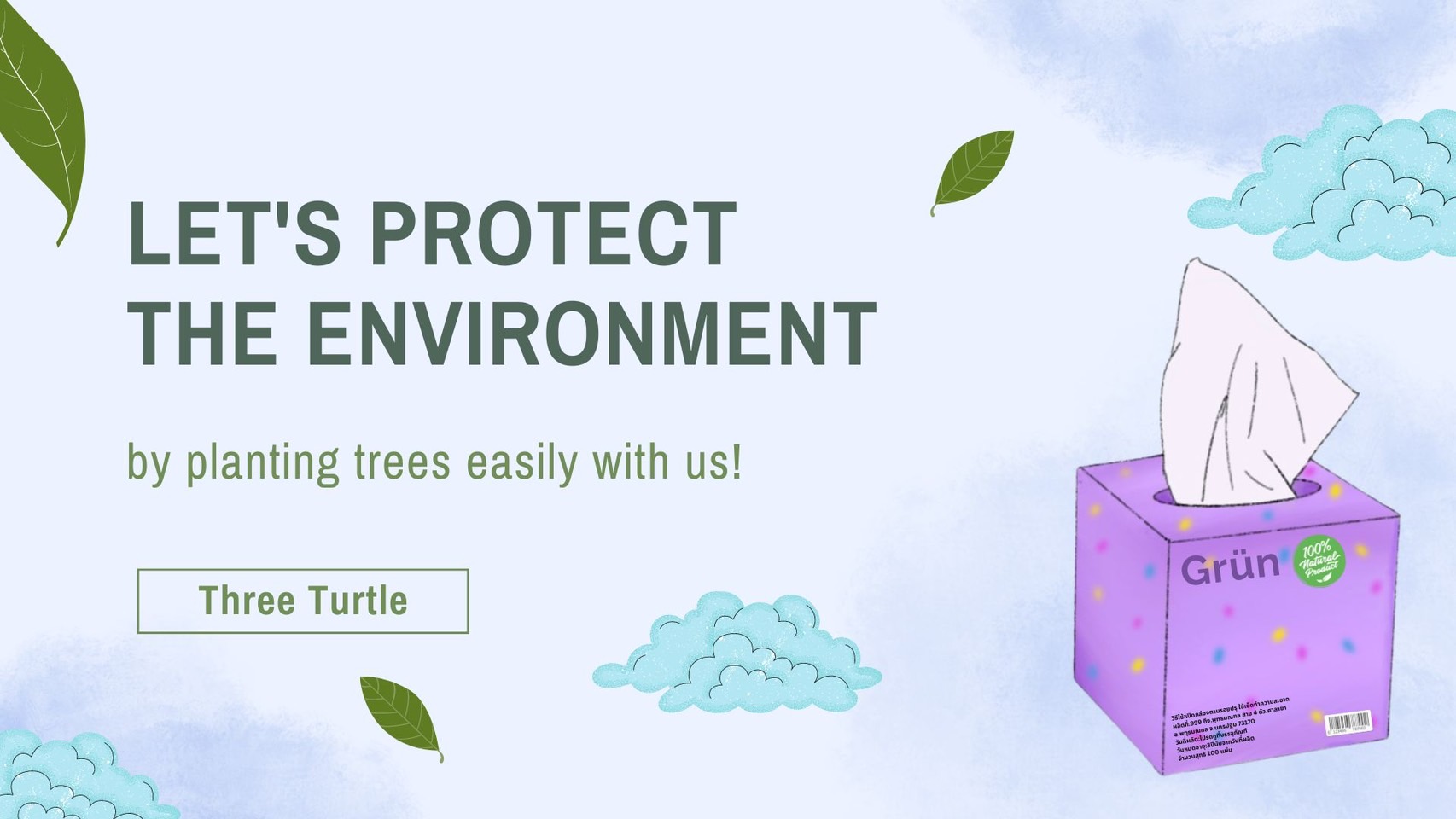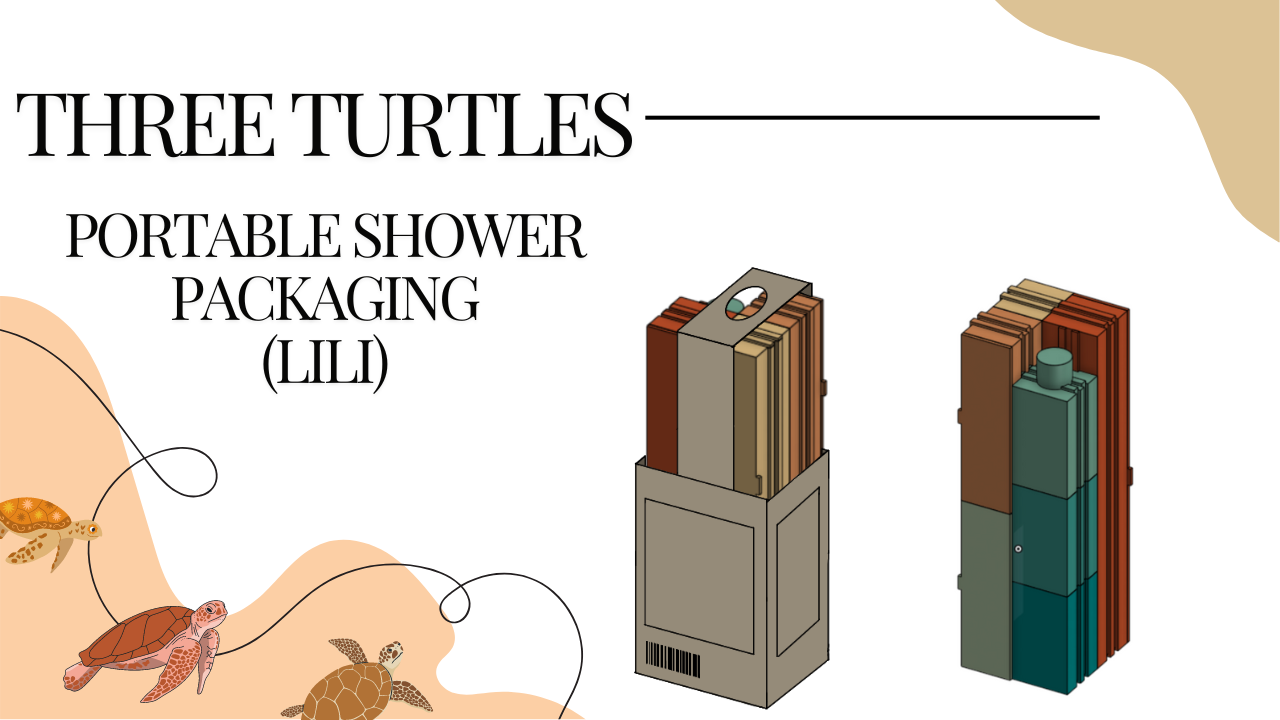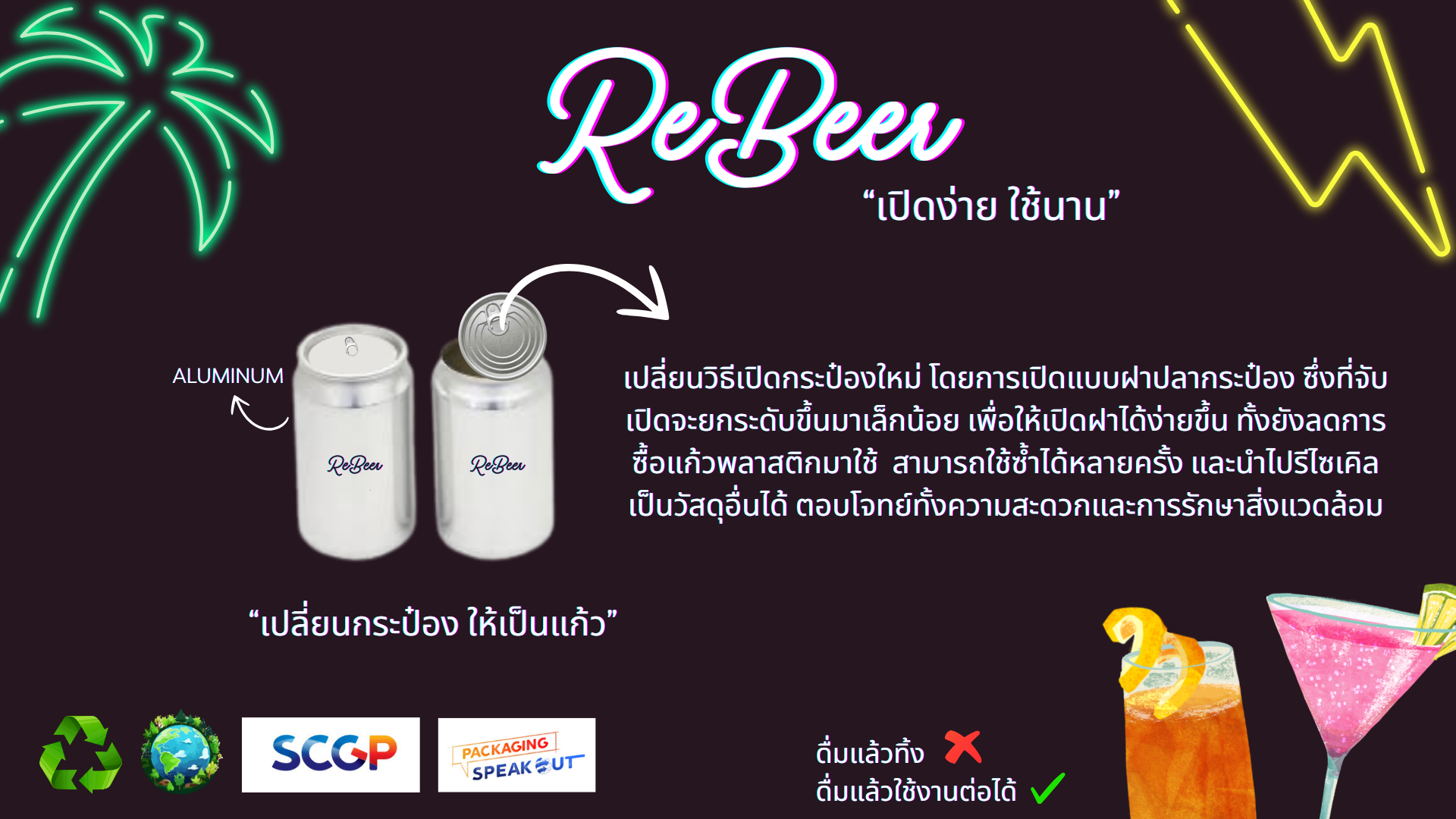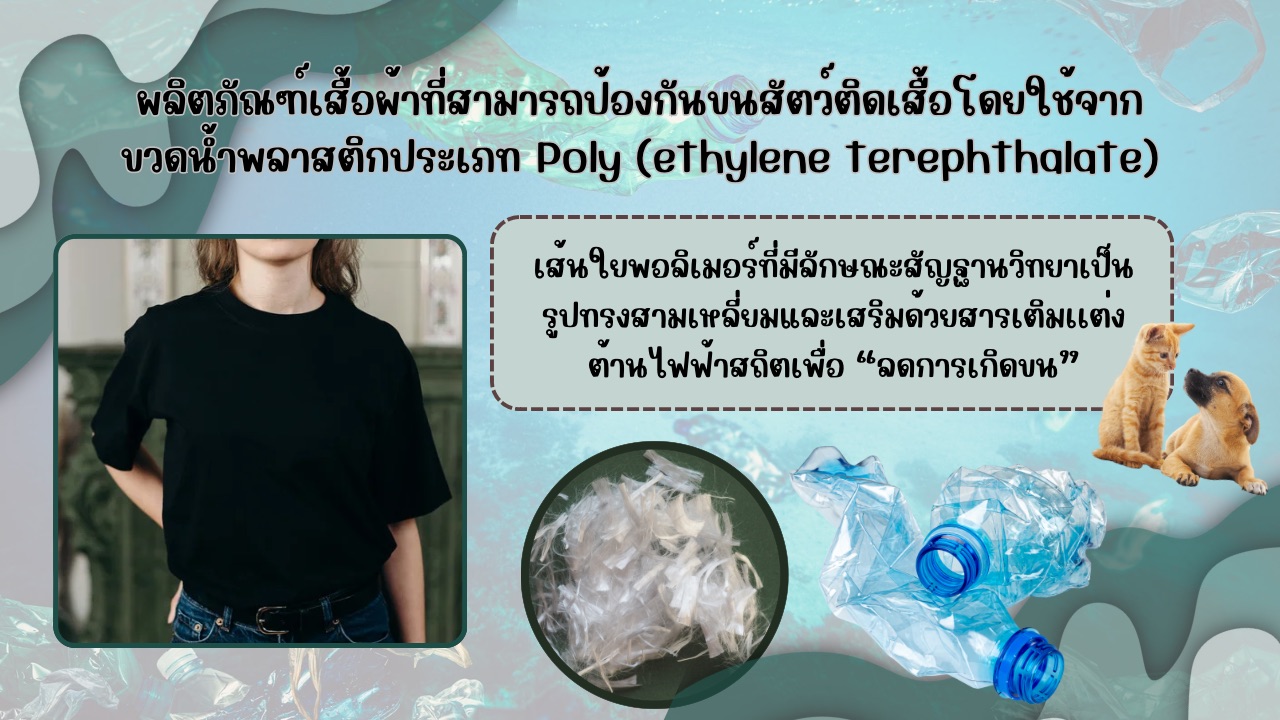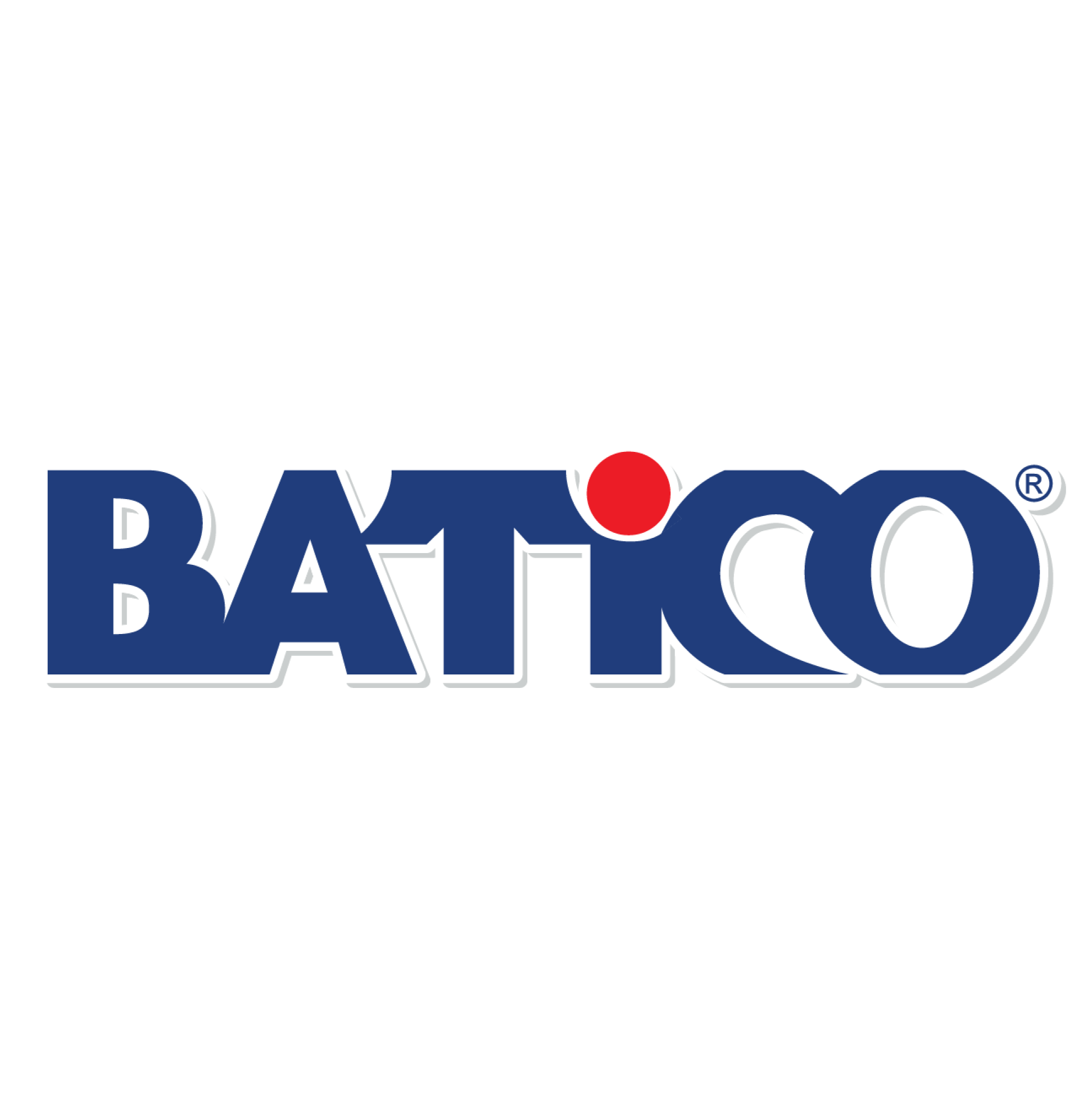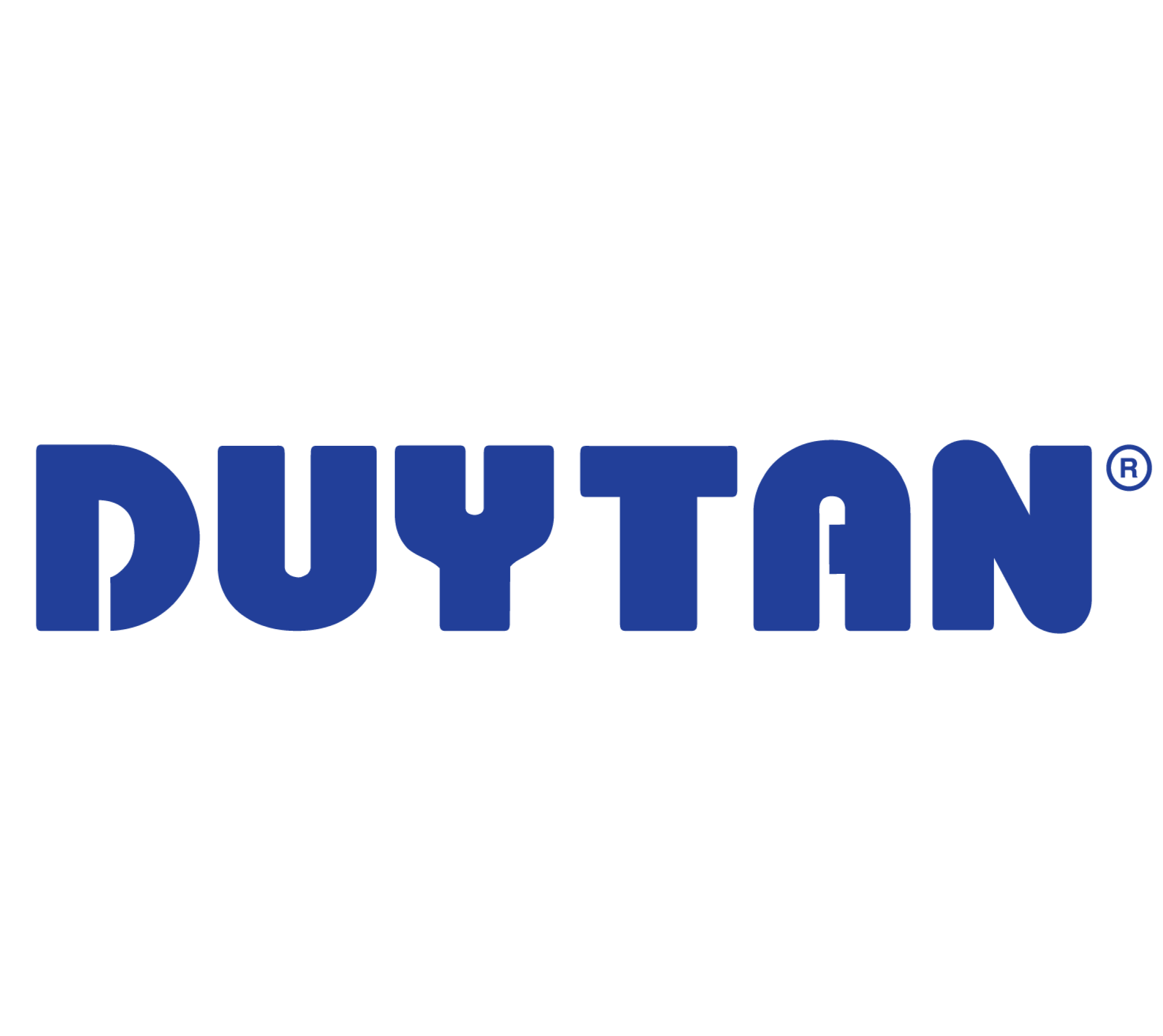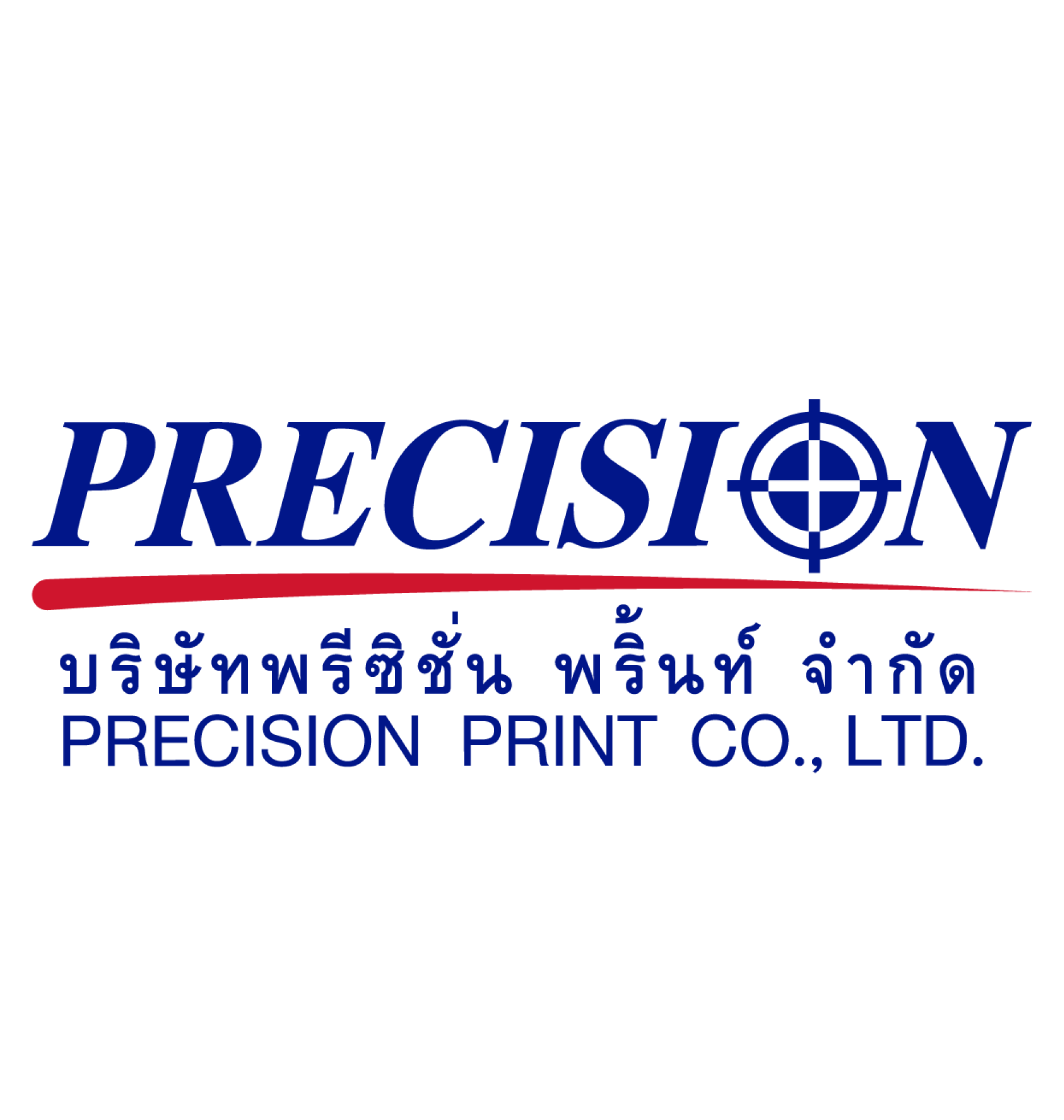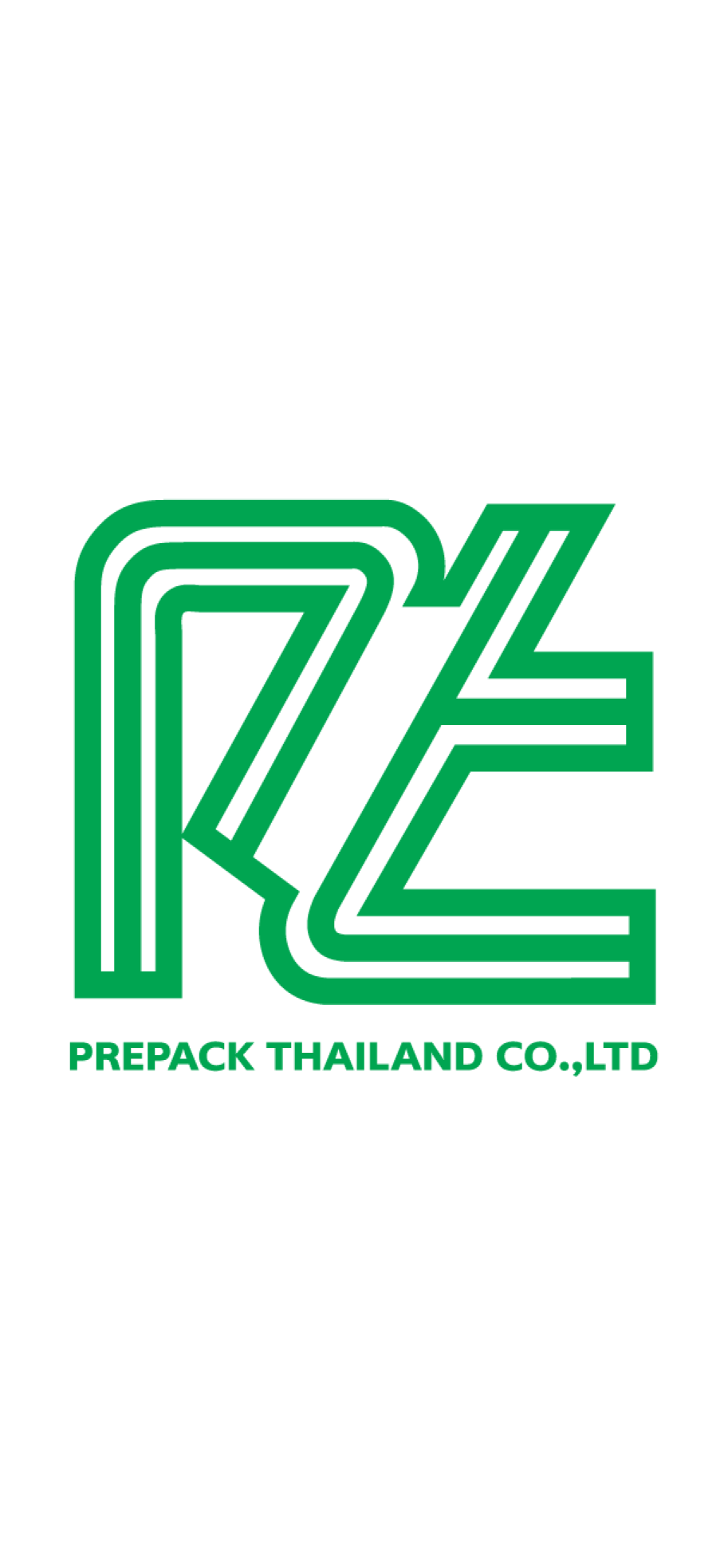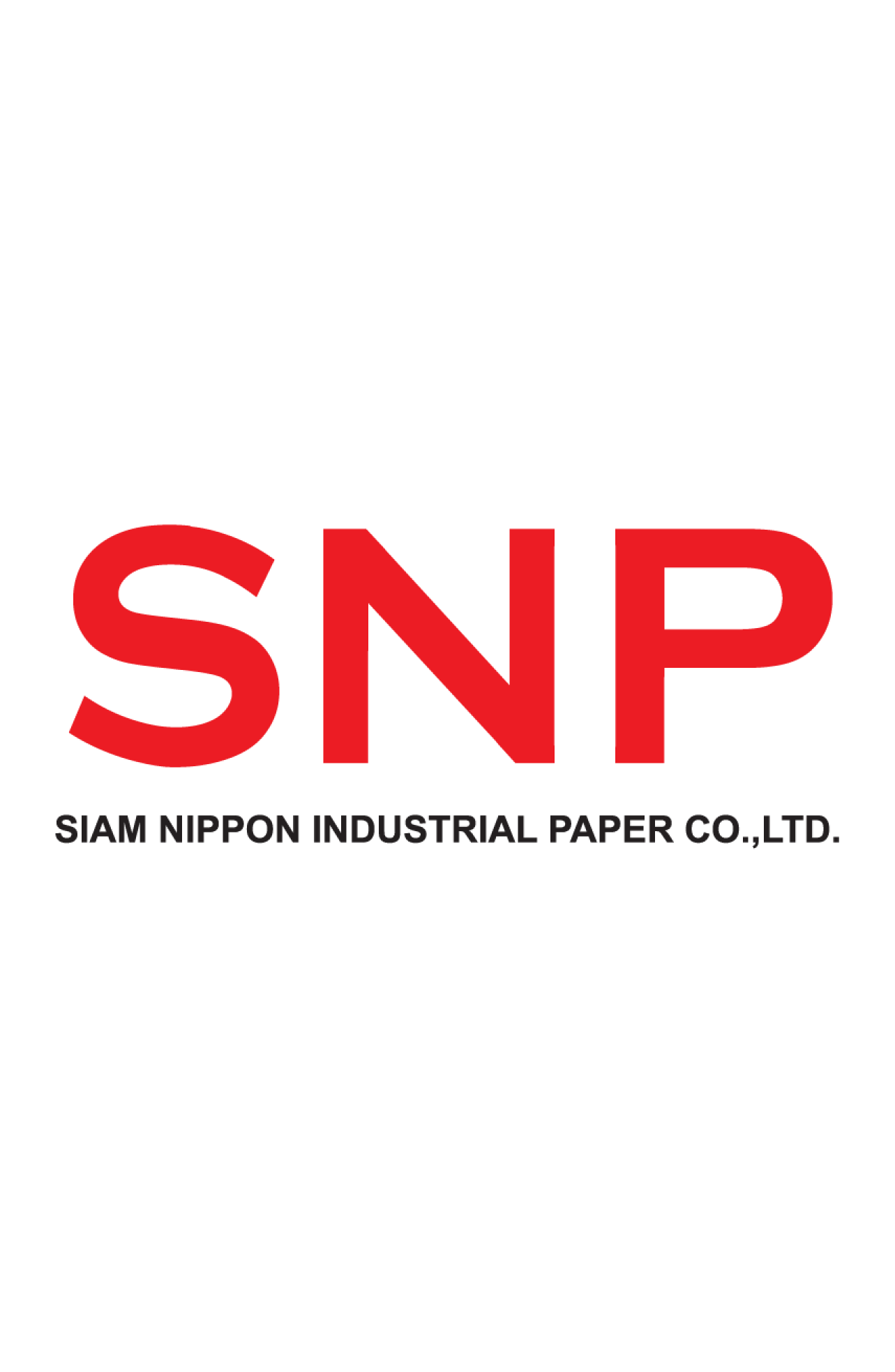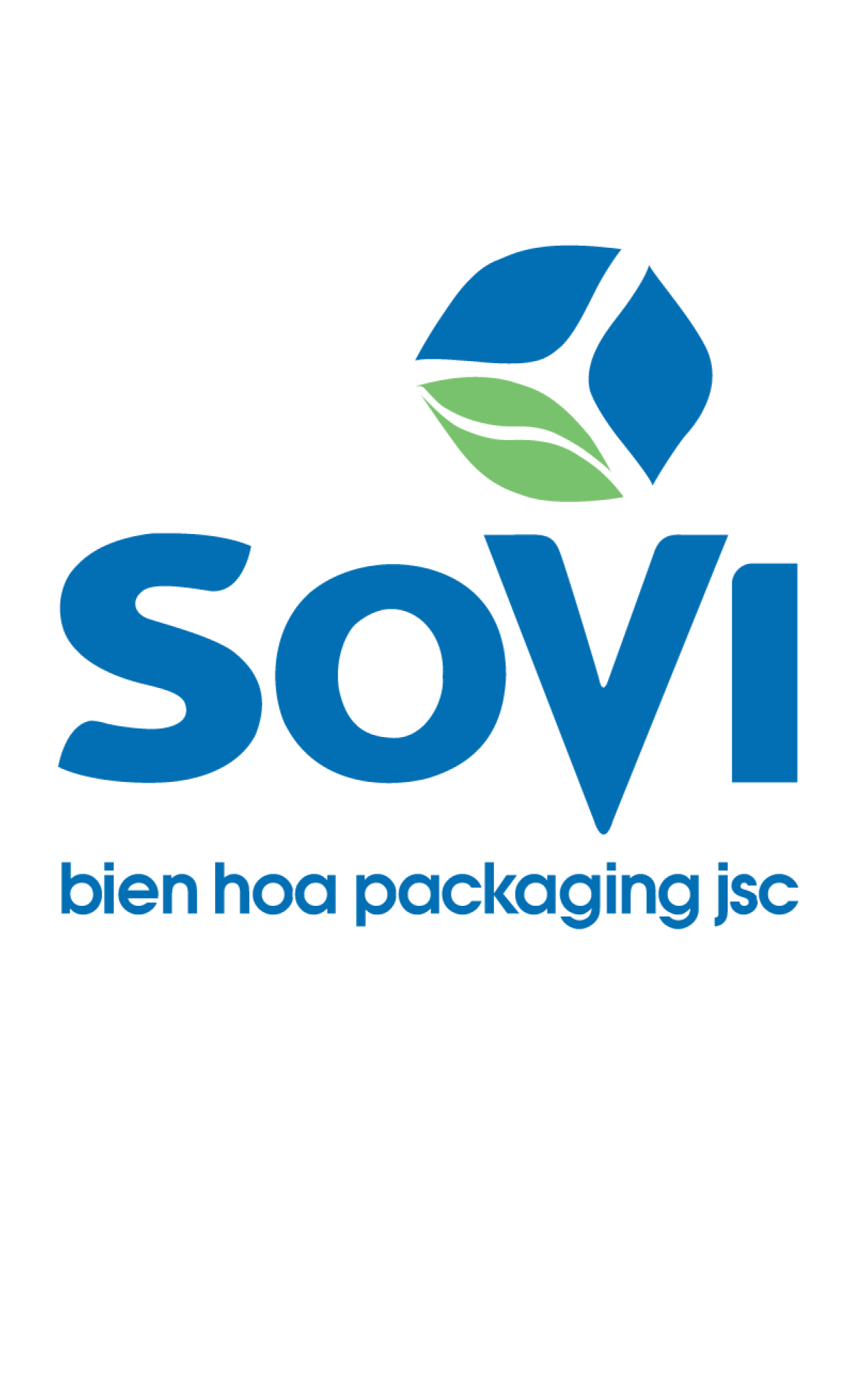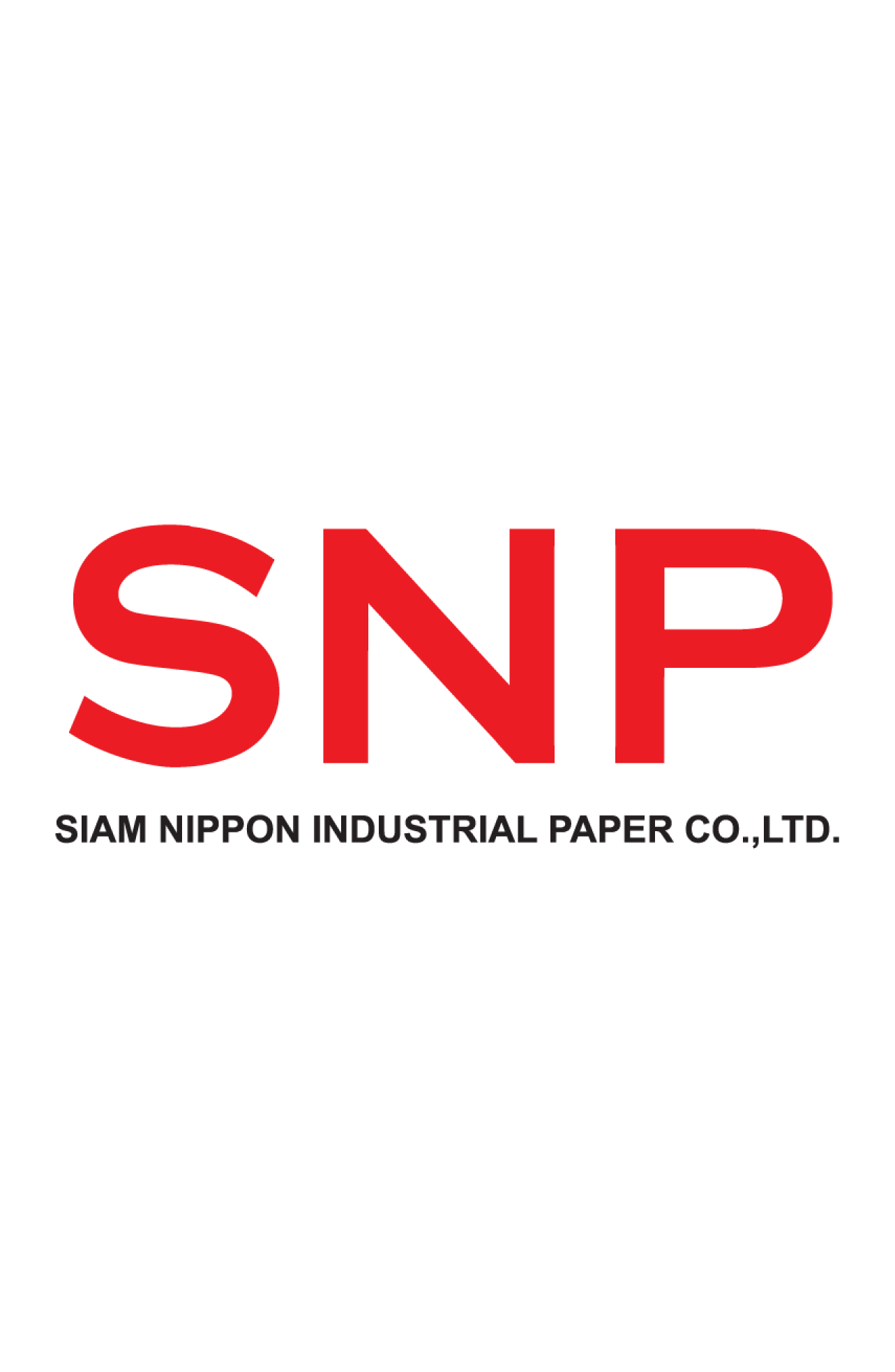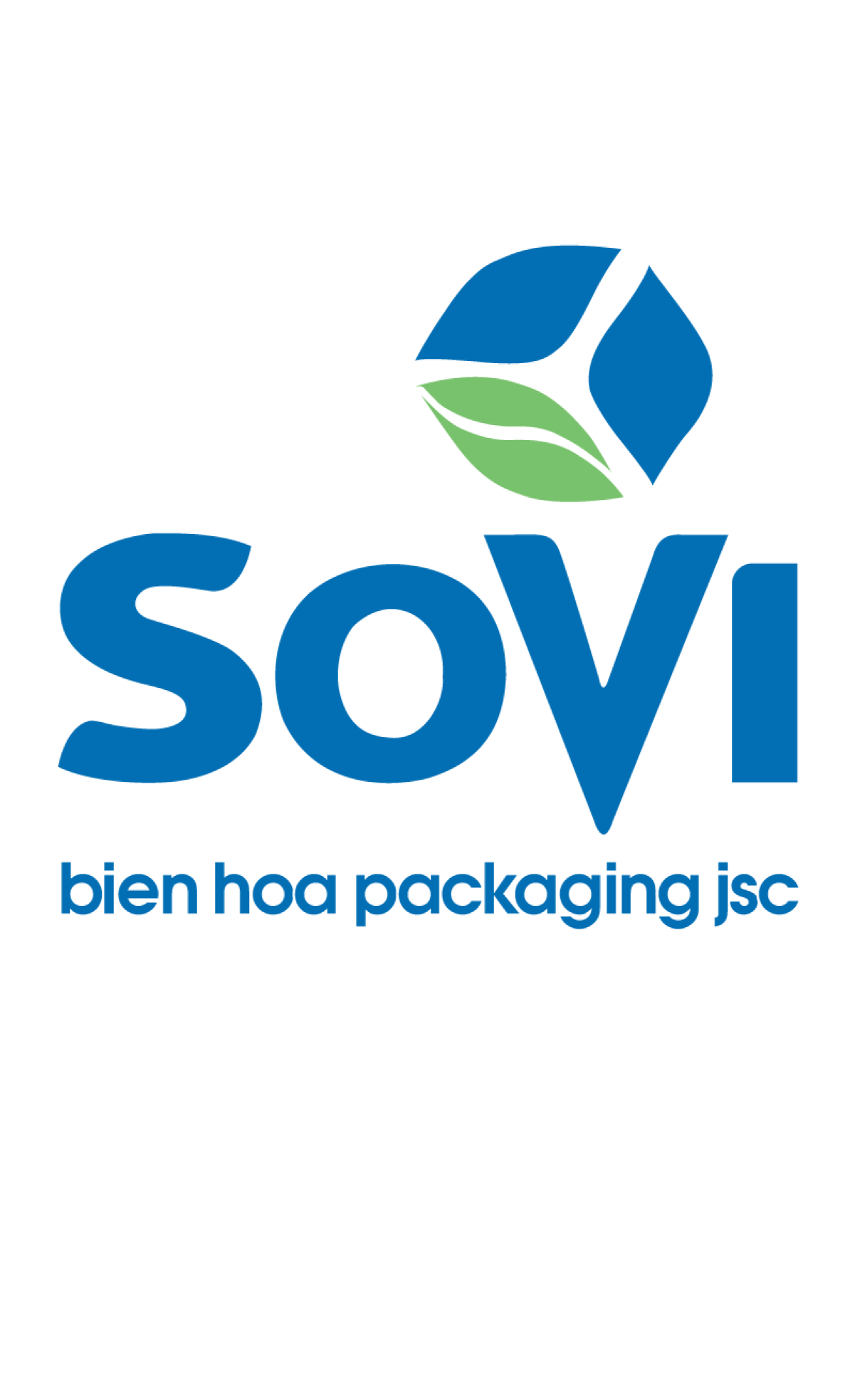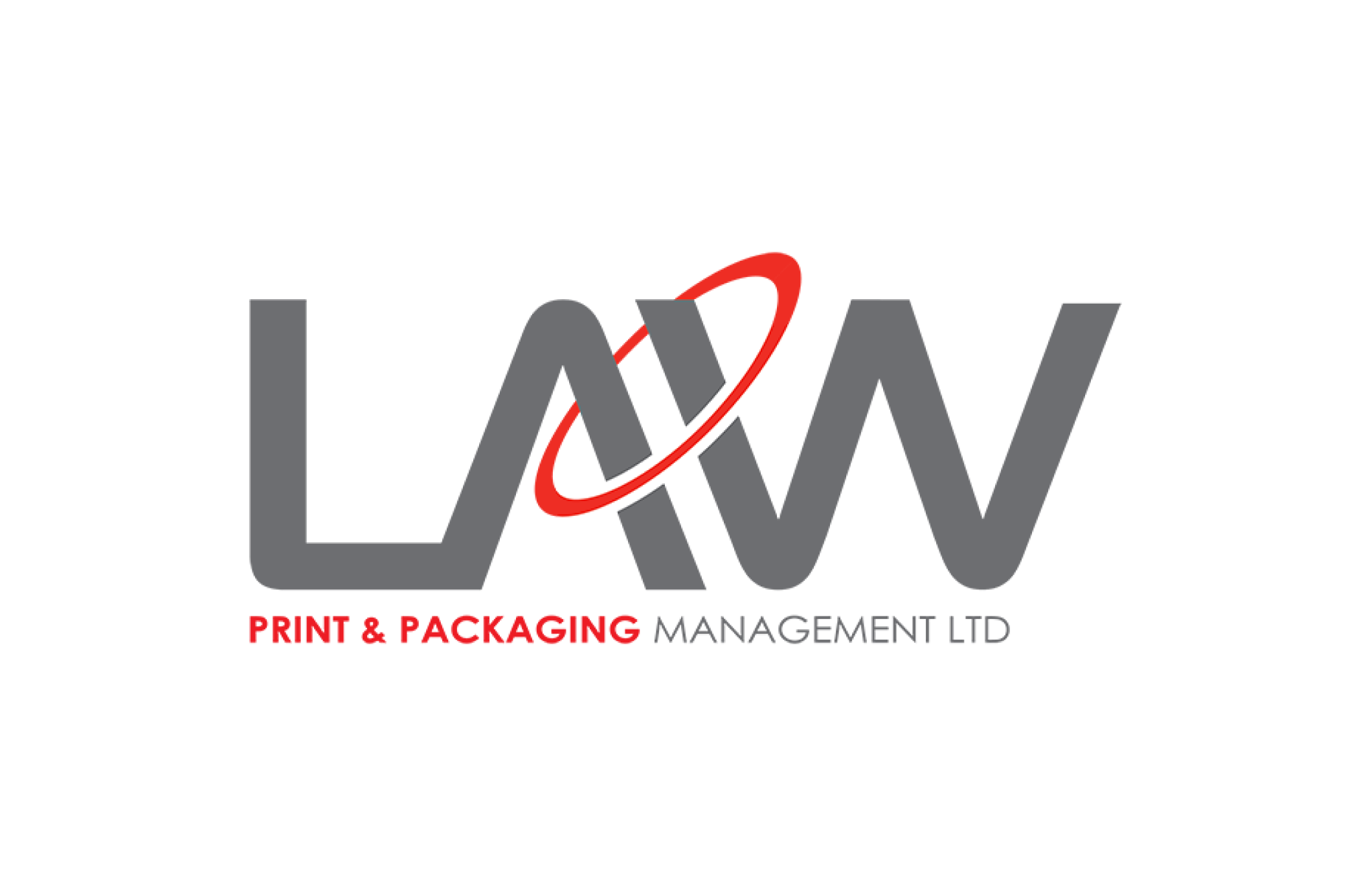Water Step
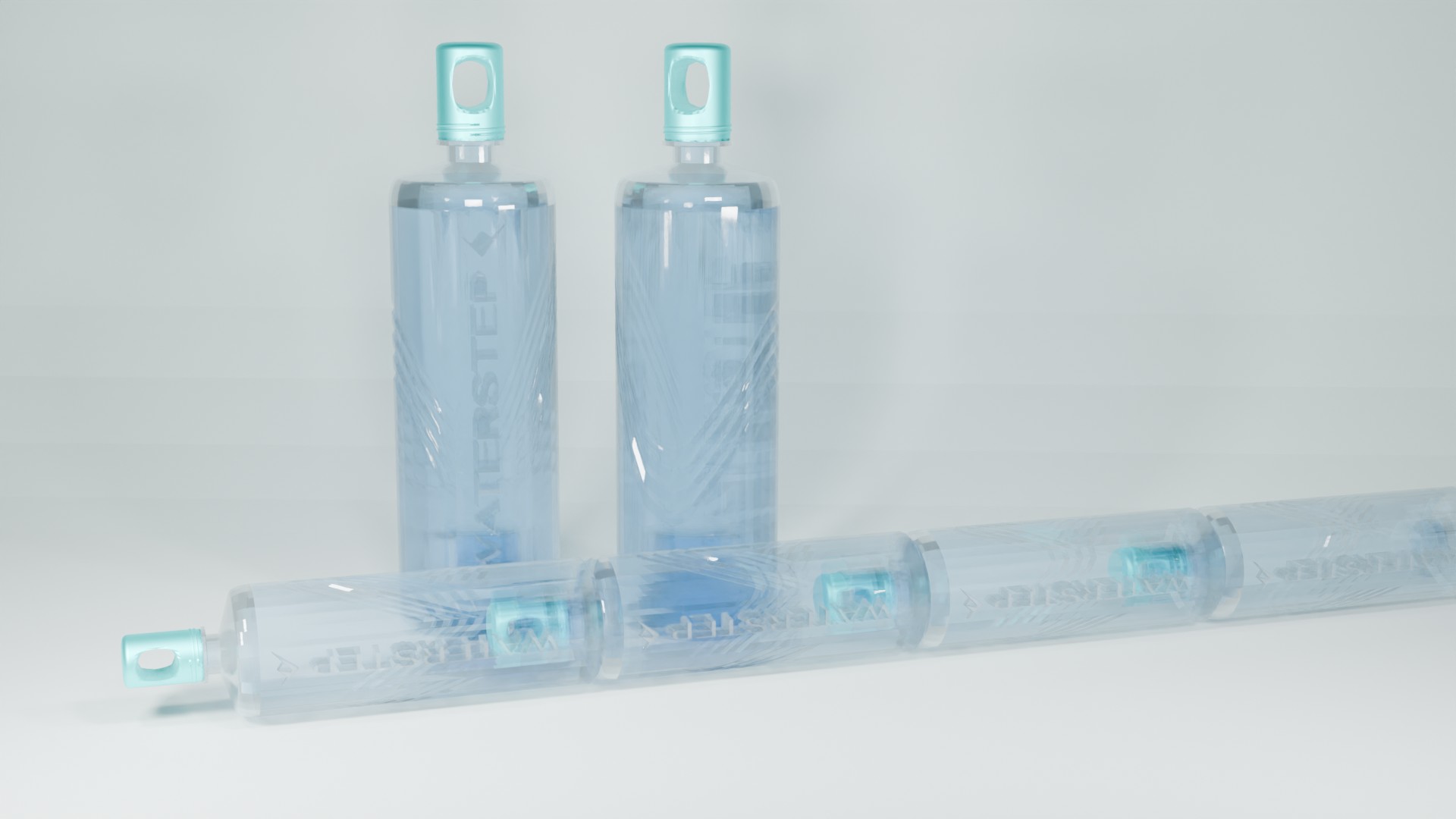
Team : Water step
Member
Mr Wasin Jaisuk
Mr Pholtep Bandid
Brand Development Plan and Product Value
Water Step : Drink to Walk, Walk for the World
Water Step : Drink to Walk, Walk for the World
1. Business Environment Analysis
1.1. Market Analysis: The market size for bottled water in Thailand was valued at 44,796 million baht over the past year. Bottled water is essential and can be sold year-round, but the market is highly competitive. Therefore, differentiation is necessary to remain competitive.
1.2. Consumer Analysis: Nowadays, tourists are increasingly interested in nature-based activities such as hiking and climbing. Most tourists purchase bottled water before, during, or after their hikes due to the high energy expenditure involved. As these bottles are discarded after use, this contributes to increased littering in nature. Therefore, packaging needs to be designed to be reusable to reduce littering and encourage proper disposal.
2. Brand Development Goals
2.1. Vision: To be a leader in transforming bottled water packaging for a better world and environment.
2.2. Mission: Environmental-Develop high-quality, environmentally friendly bottled water packaging and raise awareness about environmental conservation through packaging reuse. Social-Promote a participatory society among tourists for nature conservation.
3. Target Customer Definition and Insights
3.1. Primary Target Group: Tourists or hikers of all ages and genders.
3.2. Psychological Characteristics: Environmentally conscious and practices waste separation, takes pride in contributing to nature conservation.
3.3. Behavior: Environmentally conscious, enjoys nature-based tourism, values brands that contribute to environmental conservation.
3.4. Insight: “A bottled water packaging that reflects tourists who care about the environment and the world.”
4. Packaging Design
4.1. Materials: Bottle made from rPET plastic, cap made from recycled plastic.
4.2. Overall Design: The modern shape emphasizes durability, featuring curved patterns on the bottle to represent water sources from mountain peaks. The cap is in a capri color to symbolize natural forests. The matte finish ensures a comfortable grip.
4.3. Functionality: Features a screw-thread stacking system allowing bottles to connect and adjust length for use as a trekking pole. Reduce: Minimize plastic use by designing a label-free bottle to cut down on packaging waste. Reuse: Bottle can be repurposed as a trekking pole. Recycle: Design enables easy separation of materials for recycling.
4.4. Packaging Information: Includes icons or instructions on how to convert the bottle into a trekking pole or recycle it, along with environmental packaging certification symbols.
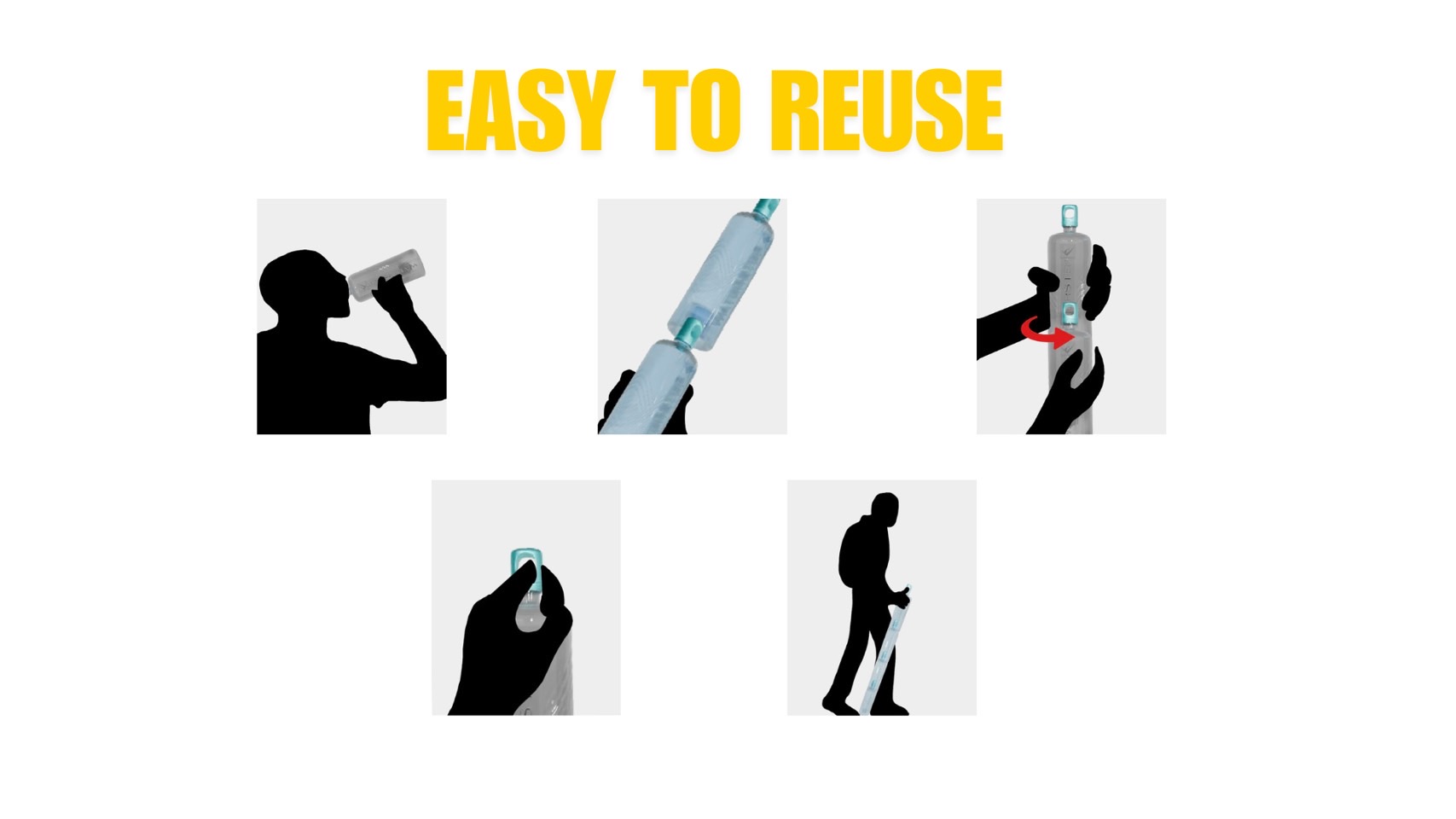
5. Marketing Activities and Brand Development through packaging.
5.1. Marketing Activities
5.1.1. "Hike for Change" Campaign: Organize hiking events in popular natural tourist spots. Participants receive a free Water Step bottle and learn how to use the bottle as a trekking pole. Conduct litter clean-up activities along the trail to raise environmental awareness.
5.1.2. "Trek & Trade" Program: Allow customers to exchange used Water Step bottles for discounts on future purchases. Implement a rewards system through an app for conservation-related prizes.
5.1.3. Social Media Campaign "#WaterStepChallenge": Encourage users to share images and videos of using the Water Step bottle as a trekking pole in various locations via social media. Award prizes for the most popular posts.
5.1.4. Partnerships with Environmental Organizations: Collaborate with conservation groups to organize tree-planting or clean-up events. Donate a portion of the proceeds to support conservation projects.
5.2. Brand Development
5.2.1. Create a Website and App: Provide product information, usage guidelines, environmental benefits, store locations, and recommended hiking routes with conservation tips.
5.2.2. Build a Water Step Community: Establish a social media group for users to share experiences, hiking tips, and conservation practices.
5.2.3. Develop Complementary Products: Design accessories that attach to the bottle, such as flashlights or hooks. Create specialized flavored water for athletes or hikers.
5.2.4. Environmental Certification: Obtain certification from recognized environmental organizations and display carbon reduction information on packaging.
These marketing activities and brand development strategies aim to enhance brand awareness, loyalty, and position Water Step as a leader in sustainable bottled water packaging.
6. Marketing and Brand Metrics
6.1. Brand Awareness
Measurement Methods: Conduct brand recall and recognition surveys. Analyze online brand searches and social media mentions.
6.2. Customer Satisfaction
Measurement Methods: Survey customer satisfaction post-purchase, analyze online reviews and comments, and track repeat purchase rates.
6.3. Brand Engagement
Measurement Methods: Track participation in "Hike for Change," engagement in "#WaterStepChallenge," and community membership growth.
6.4. Environmental Impact
Measurement Methods: Monitor the number of bottles reused or recycled, reduction in plastic waste due to the product, and trees planted through conservation activities.
6.5. Sales
Measurement Methods: Track Water Step sales compared to regular bottled water sales.

